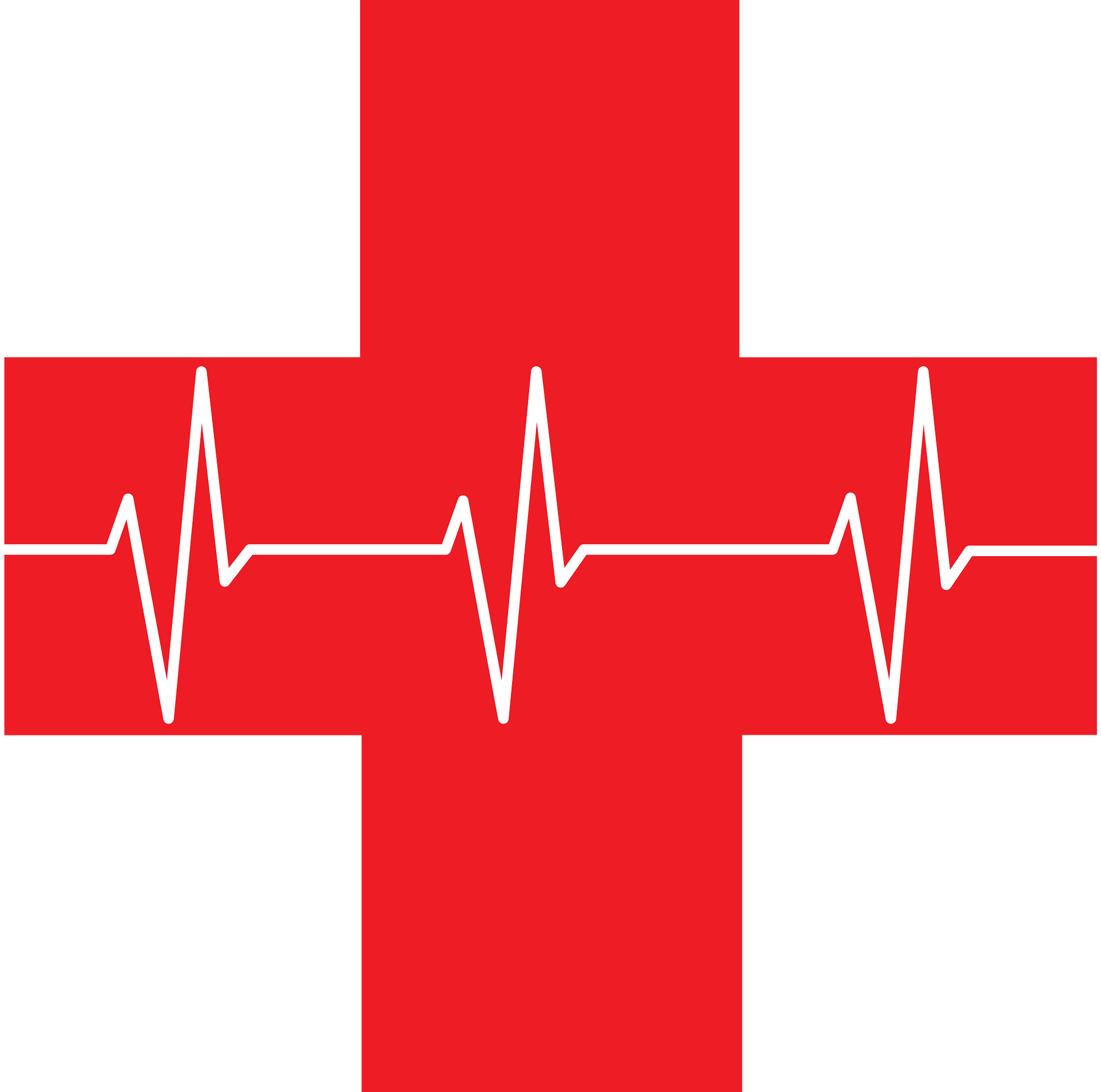Administering CPR First Aid
Cardiopulmonary resuscitation or CPR as it is commonly referred to as is a useful technique that can be used in emergencies where someone either stopped breathing or their heart has stopped working in order to save lives. It is recommended by the American Heart Association that CPR is begun by doing chest compressions. You can get a CPR certification through CPR Classes offered by accredited organizations.
Even if you have very little to no knowledge or experience of how to correctly administer CPR or first aid, doing anything that you can to help the emergency is better than doing nothing at all and could potentially save a life.
Advice From The American Heart Association
For those individuals who are not in any way trained in first aid or CPR, then it should only ever be chest compressions that are administered to the person whose heart has stopped or who has stopped breathing. When giving them they need to be completely uninterrupted at a rate of 100 – 120 per minute – this is until a trained medical professional gets there. Rescue breathing should not be given.
Where an individual is fully trained in administering CPR and confident in their abilities, they should first check to see if the person is breathing and has a pulse. If these vital signs are negative then chest compressions should begin and after every 30 compressions, 2 rescue breaths are given.
If a first responder is CPR trained but is either lacking in some areas or is not confident of their own skills and abilities, then they should simply stick to administering chest compressions at a rate of 100 – 120 per minute. In order to refresh your first aid skills or improve them altogether, get in contact with the guys at CPR Select who can help. You can also click here if you want to get more training on first aid and CPR.
All of the advice given by the American Heart Association is valid for use on infants, children, and adults. The techniques mentioned above should never be used on newborn babies or infants up to the age of four weeks old.
By giving CPR to a person it helps to keep their blood oxygenated and flowing to all of their vital organs, including the brain, until proper medical treatment can be used to restore their heart. In the instance where the heart stops beating altogether and blood is no longer oxygenated, brain damage can be caused within the space of just a few minutes. If it gets up to 8 minutes without oxygenated blood flowing around the body, then the person may die.
CPR On Newborn Babies
With the vast majority of cardiac arrests occurring in newborns due to choking or drowning, it is important to first clear their airways of any obstruction that there may be and then administer the appropriate first aid.
If it is unclear as to why the baby is not breathing then proceed with performing CPR. This should be done for 2 minutes before you even attempt to call the emergency services via 911. Chest compressions should be done with the fingers and gently – going down just 1.5 inches (as opposed to 2 inches for children and adults).

